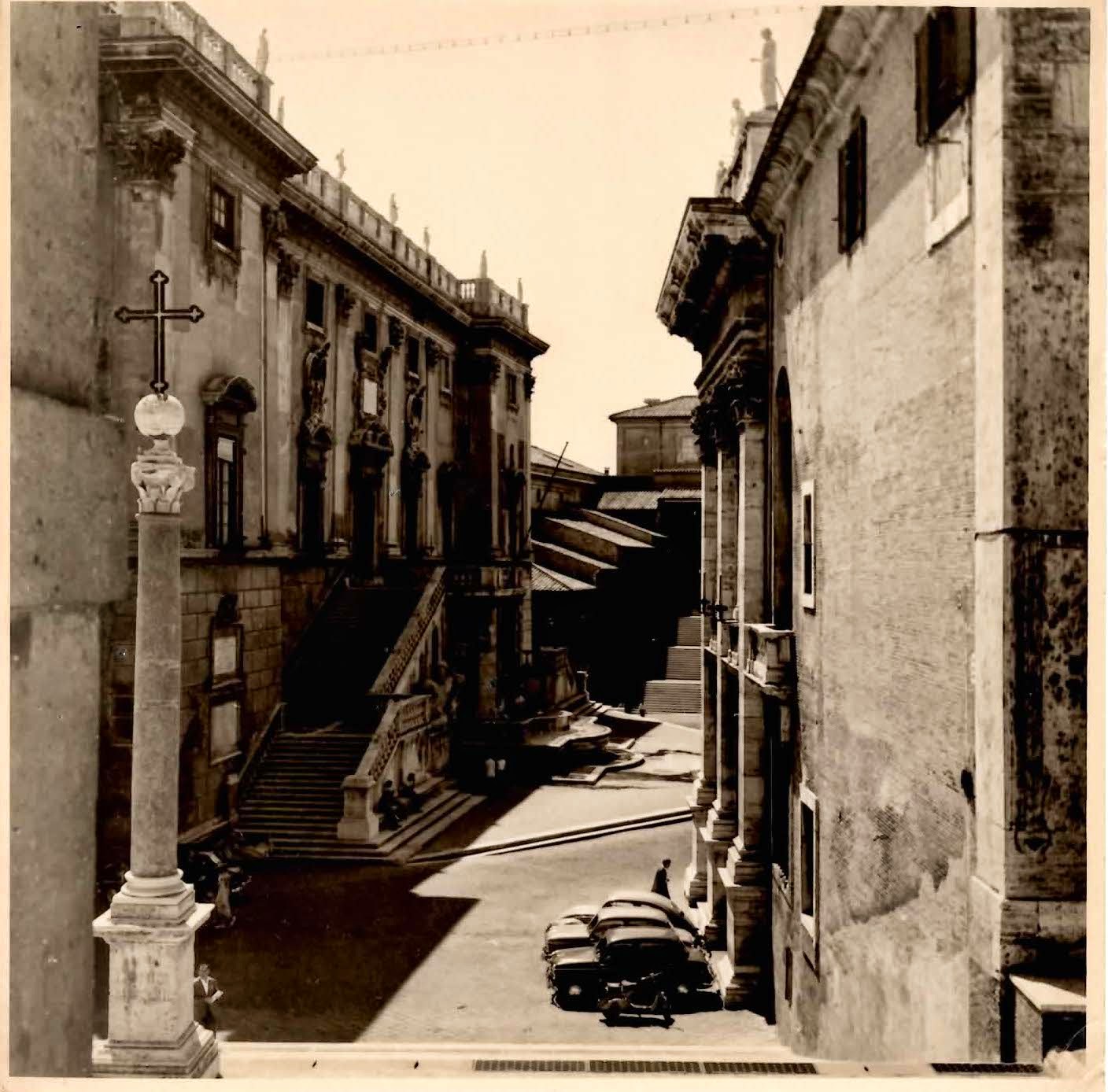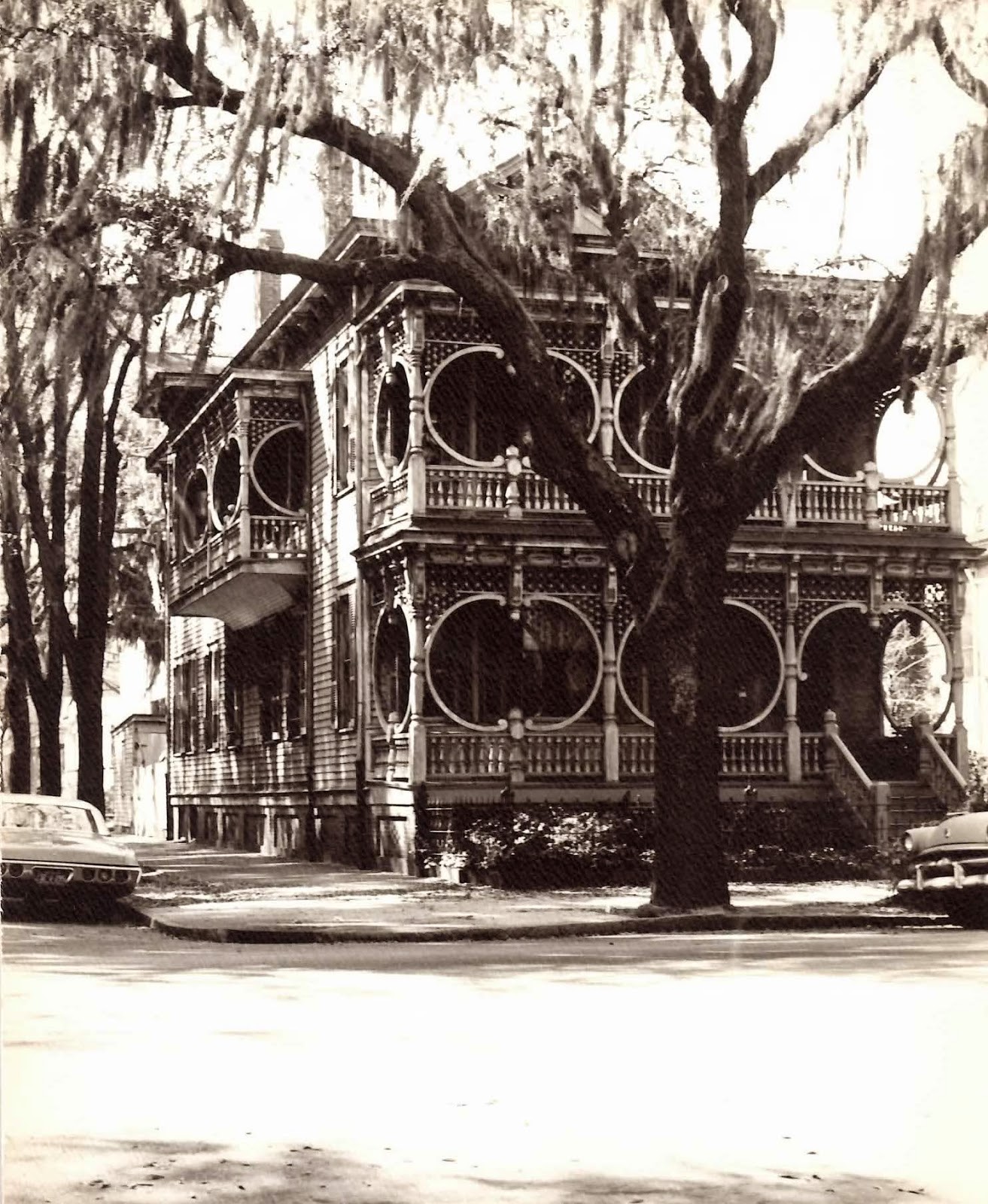One and nine look like themselves, as you can see, except they lean a bit to the left. Two, three, and six look like variations of our number seven, four looks like our three, five like our zero, and seven and eight resemble the letter V and its inverse. I learned by relating each number to something familiar.
Till I learned sifr, I had been accustomed to the expansiveness of zero and its reassuring visual reference to infinity, where 'all' and 'nothing' connect. But in Arabic, zero isn't an endless loop whose generous curves skim the line above and the line below. Arabic represents zero with a speck—a speck that's come unmoored from its lines and lists a bit to the left. A trivial mark, sifr could easily go unnoticed, in the way nothingness does. At the same time, sifr is a full stop, the same way a period ends a sentence.
Only because of its very foreignness and irreducibility has sifr stayed with me. It's the only number I can remember now.
What a beautiful word for such a miserable speck. Sifr. It starts like the moist hiss of a wave breaking on a shore, the anticipation rolling into a prolonged purr before trailing off into the fulfillment of silence. Listen:
We whisper it like a sweet nothing, and this is fitting because sifr is absence. As long as we remember the disappeared, absence is our constant companion. We even make room for it, pushing grief aside and assembling memories like a welcoming committee.
Our word 'cipher' comes from the Arabic sifr, but conveys the paradox of non-being more explicitly with its double meaning, 'nonentity' and 'a key to a secret, coded language.' How do we make the inexplicable meaningful and how do we find meaning in emptiness? If absence always relates to presence—to what once was and now is not, or what might be but now is not—the reverse must also be true: in some way, being always signifies non-being.
Four thousand years ago, nfr was the word Egyptians used to signify not only 'zero,' but also 'beauty' and 'complete.' Its hieroglyph is an abstraction of the human windpipe, heart, and lungs,
and was used in the construction of the pyramids as a reference point to indicate 'above' or 'below.' Without it we are disoriented, above and below have no meaning and all directions share the same empty space.
I think of all this now because I have begun to notice that I miss my mother more, not less, as time separates us. I'm preoccupied by her absence and find myself searching for a different alphabet, a secret language, that will allow communication between living and dead, above and below. Finally we are left with something indivisible, beyond symmetry, more a living part of our being than our pumping blood or the air we breathe, but at the same time independent from us. Zero multiplied by even the greatest number is still zero. Over and over, the closest I get to my mother's presence is when I'm conscious of her absence.















































































